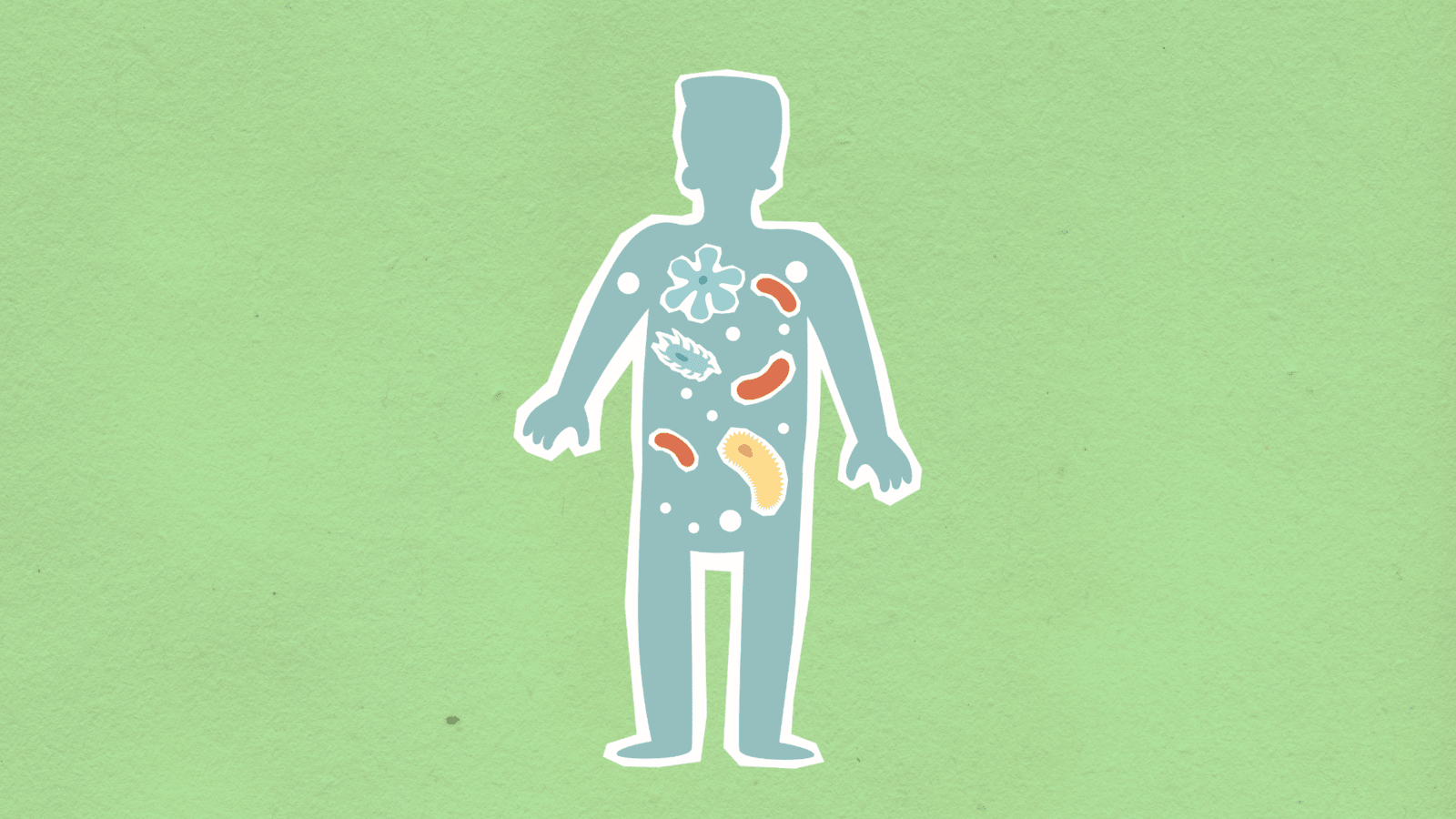
Percocet, which is an opioid-based pain medication, carries a high potential for dependence and addiction when misused. With the number of people having died from a drug overdose increasing six times between 1999 and 2021—and 75% of the 107,000 drug overdose deaths in 2021 involving opioids—the urgency to address the misuse, abuse, and over-prescribing of substances like Percocet has become a critical public health concern.[1]
What is Percocet?
Percocet is a medical-grade, partially synthetic opioid that combines an opioid pain reliever (oxycodone) and acetaminophen, a common over-the-counter medication for pain relief.[2] The two are combined because acetaminophen is known to increase the overall effects of oxycodone.[3] Oxycodone is available in both immediate-release and extended-release forms via tablet.
Typically prescribed when non-opioid-based medications have either not been tolerated well or have not provided the desired effect, Percocet is indicated for use in the relief of moderate to severe pain. However, like all opioids and opioid-based meds, Percocet also carries a high risk of addiction due to its potential to produce a euphoric high and is often misused to obtain these effects.
Drug overdose deaths involving prescription opioids such as Percocet rose from 3,442 (in 1999) to 17,029 in 2017 across the US.[4] According to the National Household Survey on Drug Abuse, nearly a million people over the age of 12 have used oxycodone—the primary ingredient in Percocet—for nonmedical purposes at least once in their lifetime.[5]
Percocet (and oxycodone) are classified as Schedule II controlled substances by the Controlled Substances Act,[6] signifying that they carry both valid medical uses and a high potential for misuse, dependence, and addiction.
History of Percocet
Percocet was first approved by the US Food and Drug Administration in 1976.[7] It was the 70th most-prescribed drug in the country for 2020, with over 10 million prescriptions estimated to have been written.[8]
Some common street names for Percocet include percs, tires, rims, bananas, and buttons.
Mechanism of Action
As mentioned above, Percocet is composed of two main active ingredients: oxycodone, an opioid analgesic, and acetaminophen, a non-opioid pain reliever. Oxycodone acts on the central nervous system by binding to opioid receptors, primarily located in the brain and spinal cord.[9]
By interacting with these receptors, oxycodone inhibits the transmission of pain signals, leading to a reduction in the perception of pain. This mechanism of action results in pain relief, along with a sense of euphoria or well-being. However, oxycodone also depresses the respiratory centers in the brainstem, which can lead to slowed breathing and, in excessive doses, respiratory failure.
Acetaminophen, on the other hand, works by inhibiting an enzyme called cyclooxygenase (COX) that is involved in the production of prostaglandins—substances that promote pain, inflammation, and fever in the body.[10] By reducing the production of prostaglandins, acetaminophen helps to lower both pain and fever. The combination of oxycodone and acetaminophen in Percocet provides a dual effect, enhancing pain relief through both opioid receptor binding and inhibition of prostaglandin production.
What is the Half-Life of Percocet?

The half-life of Percocet, a pain-relieving medicine, varies for its two main components. Oxycodone’s half-life is around 3 to 4 hours, meaning half of it is cleared from the body in that time. Acetaminophen’s half-life is shorter, at about 1 to 3 hours. On the whole, Percocet has a half-life of around three and a half hours.[11]
Similar to how people can become used to cocaine and need more for the same effect, some individuals can develop tolerance to the oxycodone in Percocet. This might lead to taking higher doses, which could be risky and lead to a host of health issues, including dependence, addiction, and potential overdose.
Percocet is usually taken by mouth as a tablet. It doesn’t give an immediate high like cocaine; instead, it gradually works to ease the sensation of pain. The time it takes to start working can vary from person to person depending on several factors, including genetics, weight, and age.
How Long Does Percocet Stay in Your System?
Similarly, the duration that Percocet remains in your system also depends on several factors. Oxycodone’s effects generally last for around 4 to 6 hours, though traces can be detected in your urine for up to three days after last use and within the hair follicles for up to 90 days after last use.[12] Acetaminophen, which is processed more quickly in the body, is usually fully eliminated within 24 hours.
Various factors, like your metabolism, hydration, and individual differences in body chemistry, can influence how long Percocet’s effects linger. It’s important to remember that while the immediate pain-relieving effects might wear off after a few hours, remnants of the drug can be found in your body for longer than the effects of the drug. Additionally, since Percocet contains an opioid, using it for an extended period or at higher doses can affect how long it stays detectable and active in your system.
Could Any Substances Cause You to Have a False-Positive Test for Percocet?
It’s possible that certain substances or medications can potentially cause a false-positive result on a drug test for Percocet. This is because drug tests often detect specific compounds or their metabolites, and positive results from the metabolites of other substances can occur.
Some substances that might lead to false-positive results for Percocet include:
- Codeine: Since both Percocet and codeine are opioids, a drug test might cross-react and show a positive result for both substances.
- Morphine: Similar to codeine, the presence of morphine in your system could trigger a positive result for opioids, including those in Percocet.
- Poppy Seeds: Consuming foods containing poppy seeds, like poppy seed bagels, can lead to positive results for opioids due to the presence of natural compounds.[13]
- Non-Prescription Pain Relievers: Over-the-counter pain relievers like ibuprofen or naproxen might, in some cases, result in a false positive for opioids, depending on the structure of the test.
Percocet Detection Timelines
| Blood Test | Saliva Test |
Hair Test |
| Codeine is detectable for up to 4 days in the blood. | Codeine is detectable for up to 4 days in the saliva. | Cocaine is detectable for up to 90 days in the hair. |
Percocet Addiction Treatment
Addiction to Percocet can come with several negative consequences. Thankfully, Heights Treatment Center offers holistic and individual treatments at their recovery facility to help you begin lifelong recovery.
Treatment for substance use issues can include a combination of individual therapy, peer support, medication-assisted treatment, and additional adjunct treatments such as Equine Therapy, Art Therapy, and Trauma-Informed Yoga.





